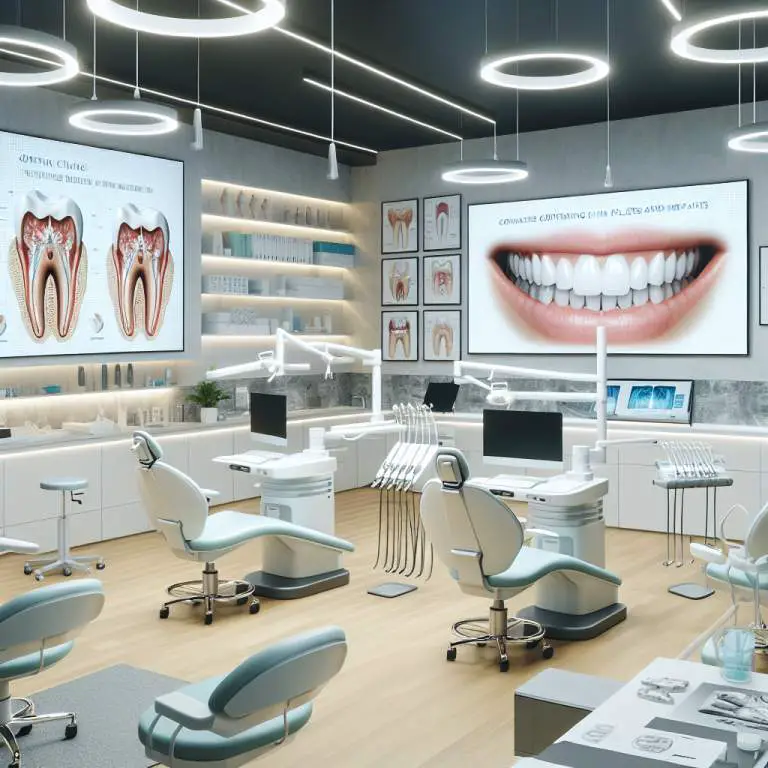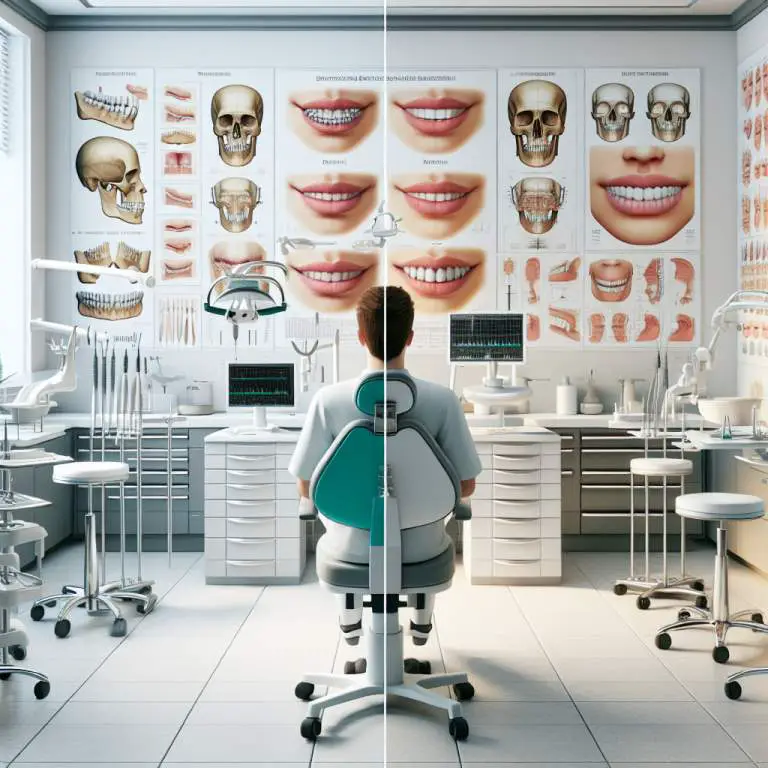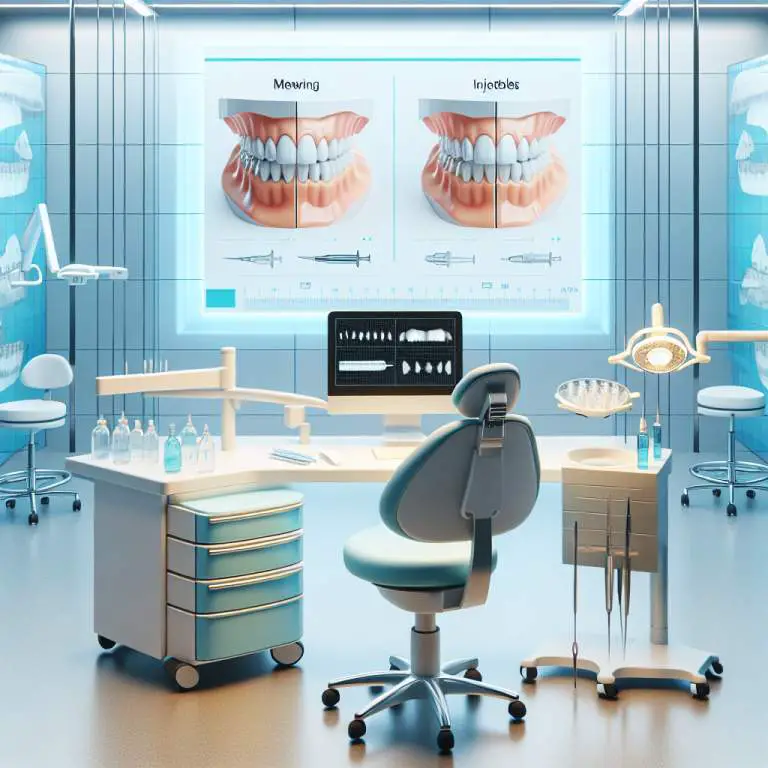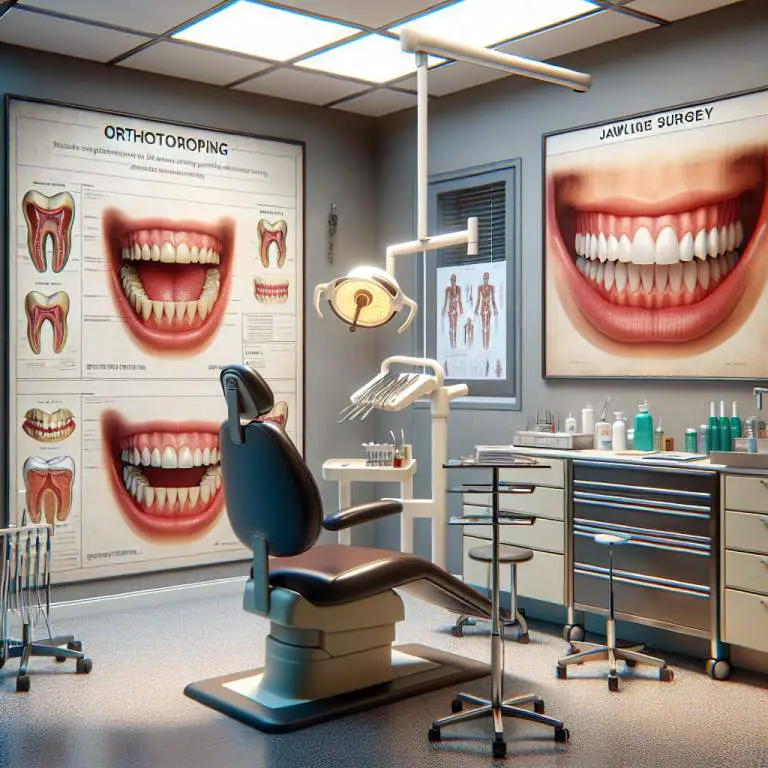Is mewing a viable alternative to orthodontic treatments for jawline definition?
Mewing, a technique that involves proper tongue posture to potentially improve jawline definition, is not a proven alternative to orthodontic treatments. While some people report changes in their facial structure from mewing, there is limited scientific evidence supporting its effectiveness. Orthodontic treatments are designed by professionals to address specific dental and jaw issues, making them a more reliable option for enhancing the jawline.
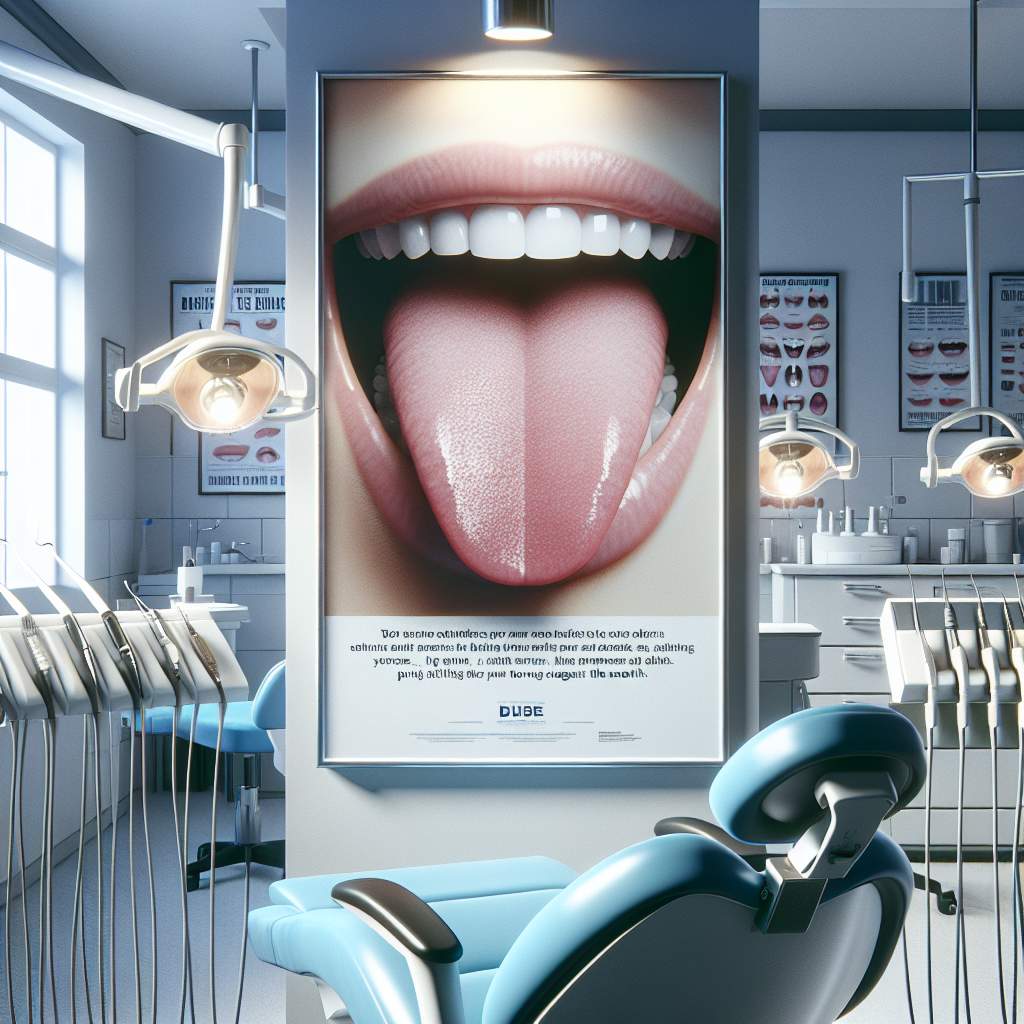
How does mewing work to potentially reshape the jawline?
Mewing is a technique that involves placing your tongue against the roof of your mouth. This position is supposed to help shape the way your jawline looks over time. People who teach mewing say it’s all about how you hold your tongue, breathe, and even chew.
The idea is that by doing this regularly, you can make changes to your face. It’s kind of like exercising but for your face. The muscles in your jaw and around your mouth get worked out in a new way when you mew correctly.
What are the claimed benefits of mewing compared to orthodontic treatments?
Some people say mewing can do things like straighten teeth or make your jawline sharper without needing braces or surgery. They think it’s a natural way to improve how your face looks without having to see a dentist or orthodontist.
Others believe that mewing can also help with breathing problems or sleep issues because it teaches you to keep your mouth closed and breathe through your nose. This is different from what orthodontic treatments usually focus on, which is more about aligning teeth and jaws.
Can mewing effectively correct bite issues like overbite or underbite?
There are stories from people online who say that mewing helped them fix their overbite or underbite. They share before and after pictures showing changes in their faces. But, fixing these kinds of problems usually requires moving teeth and sometimes surgery, which is something only professionals can do.
Even though some say mewing works for them, it might not work for everyone. Bite issues can be complex and often need special attention from dentists or orthodontists who know exactly how to treat them.
What scientific evidence supports the effectiveness of mewing for jawline definition?
When it comes to science backing up mewing, there isn’t a lot out there yet. A few studies mention how tongue posture can affect the way our faces grow, especially in kids and young adults. But finding solid proof that says mewing will definitely change an adult’s jawline is hard.
This doesn’t mean people haven’t noticed changes themselves; it just means scientists haven’t studied mewing enough to say for sure what it can do. For now, most of what we know comes from personal stories rather than scientific research.
| Aspect | Mewing | Traditional Orthodontic Methods |
|---|---|---|
| Primary Focus | Jawline and facial structure improvement through tongue posture | Alignment of teeth and jaw correction using braces, retainers, etc. |
| Methodology | Practicing proper tongue posture consistently over time | Clinical procedures and devices applied/monitored by orthodontists |
| Timeframe for Visible Results | Varies greatly; can take years to see noticeable changes | Typically 1-3 years depending on the complexity of the case and treatment plan |
| Evidence Base | Limited scientific research; mostly anecdotal evidence | Extensively researched with proven effectiveness in correcting dental and jaw alignment issues |
| Risks/Side Effects | Potentially ineffective if not done correctly; lack of professional guidance may lead to disappointment or misalignment. | Possible discomfort, pain, tooth decay (if not maintained properly), and in rare cases, root resorption. |
| Costs Involved | No direct costs unless seeking guidance from a professional familiar with the technique. | Can be expensive; includes consultation fees, device costs, regular adjustments, etc. |
| Suitability for Major Corrections | Limited suitability for significant dental or skeletal discrepancies. | Suitable for a wide range of orthodontic issues, including severe misalignments. |
| User Control/Involvement |
How long does it typically take to see results from mewing?
Seeing results from mewing can vary greatly from person to person. Some individuals report noticing changes in a few months, while others may not see visible improvements for a year or more. The process is gradual and requires consistent effort.
The time it takes to observe changes also depends on factors such as age, the starting structure of the jawline, and how consistently the mewing technique is applied. Younger individuals might see results faster due to their more pliable bone structure.
Are there any risks or side effects associated with mewing?
Mewing, when done correctly, is generally considered safe. However, incorrect techniques can lead to issues such as jaw pain, misalignment, and temporomandibular joint (TMJ) disorders. It’s crucial to understand and apply the correct posture to avoid these risks.
Additionally, excessive force or overcorrection can exacerbate existing conditions or create new problems. Consulting with a healthcare professional before starting any new oral posture practices is advisable to minimize potential side effects.
How do orthodontic professionals view the practice of mewing?
The opinion among orthodontic professionals regarding mewing varies. Some dentists and orthodontists acknowledge that proper tongue posture can have benefits for oral health and potentially aid in aligning the teeth and jaw over time.
However, many professionals remain skeptical about the effectiveness of mewing as a substitute for traditional orthodontic treatments. They caution against relying solely on mewing for significant structural changes or corrections, emphasizing the lack of extensive scientific research supporting its efficacy.
Final Thoughts
Mewing has gained popularity online as a method to improve jawline definition and correct certain oral posture issues. While some individuals report positive outcomes, it’s important to approach this practice with realistic expectations and patience.
Considering the mixed views among professionals and the potential risks involved with incorrect techniques, seeking advice from an orthodontic professional before beginning mewing is wise. Ultimately, whether mewing is right for you will depend on your unique circumstances and goals.

